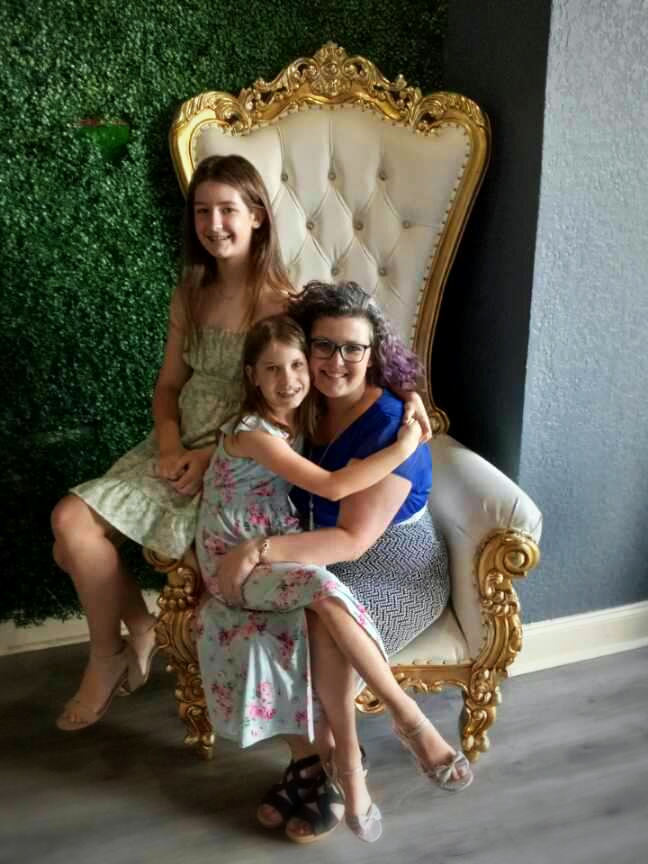There are so many ways to use reinforcement! It can be overwhelming when trying to determine what will work best for the situation at hand. I will do my best to explain various schedules of reinforcement and when to use them.
Immediate and Delayed: Reinforcment can occur immediately after a behavior or it can be delayed. When teaching a new behavior or when initially trying to increase a behavior, it is best to reinforce the behavior immediately (and also continuously but we'll get to that in a bit...). Once your child is pretty consistently engaging in the behavior, you can move to less immediate reinforcement. Delayed reinforcement is pretty difficult for very young children, though preschoolers (3+ years) can adapt pretty well with practice. It often helps to have some form of reinforcement in between the behavior and the ultimate (delayed) reinforcer. You might think of token boards or sticker charts in this way. The ultimate reinforcer (i.e. cookie, playtime, etc.) comes after earning a set number of tokens or stickers. The older the child is (and the more practice the child has) the less likely you are to need the tokens/stickers and you can begin to fade these out.
Continuous and Intermittent: As stated previously, when teaching a new behavior or when initially reinforcing a behavior, it is best to use continuous (and immediate) reinforcement. In other words, reinforce EVERY time the behavior occurs. As your child masters the new behavior (will engage in the behavior without prompting, in a variety of settings, and across different people), then you can begin to move to intermittent reinforcement. Schedule thinning is the term used to describe how you would transition from continuous to intermittent reinforcement. At first, you may reinforce every other time the behavior occurs, then every third time, every fifth time, every tenth time, and so on. The best way to ensure that this intermittent schedule will sustain the behavior long term is to use a variable ratio schedule (which I will get to soon).
Fixed and Variable: You can reinforce behaviors on a fixed schedule (for example, always every 2 minutes) or on a variable schedule (for example, on average every 2 minutes - meaning sometimes 1 minute sometimes 3 minutes). Fixed schedules are easy for children to figure out therefore variable schedules have the advantage in most cases. For example, if your child knows you are going to deliver reinforcement only every 3 minutes, then he/she will likely wait until it's just about time for reinforcement delivery to start engaging in the behavior you want to see. If you child knows you are going to deliver reinforcement only after every 5 behavior occurences, then you are setting a ceiling on how often they will engage in the behavior.
Ratio and Interval: To go along with the fixed and variable schedules, you have to determine if you will provide reinforcement based on a time schedule (interval) or based on the number of behavior occurences (ratio). Ratio has the advantage here as you are reinforcing a certain number of occurences, rather than a minimum of one occurence in a certain time frame (as seen in interval schedules). With regard to maximum performance, the variable ratio (discussed above) has the advantage over all other combos (variable interval, fixed interval, or fixed ratio). The reason is that it is not predictable (due to its variability) and it is based on a certain number of behaviors. Predictability is important because if a child can predict the schedule, he/she is likely to manipulate it and you will see minimum performance.
Punishment: With all of these schedules in mind I find it important to say that with regard to punishment, the least effective techniques are intermittent and delayed. When using punishment techniques ALWAYS use IMMEDIATE and CONTINUOUS schedules. In other words, provide the punishment for
every occurence of the problem behavior with the
least amount of time delay as possible.
Understanding these schedules seems to be one of the most complex components of reinforcement. If you are confused, don't worry! I'm a professional and I had to reread this post several times to make sure I stated these schedules correctly. If you'd like further discussion, feel free to comment.
